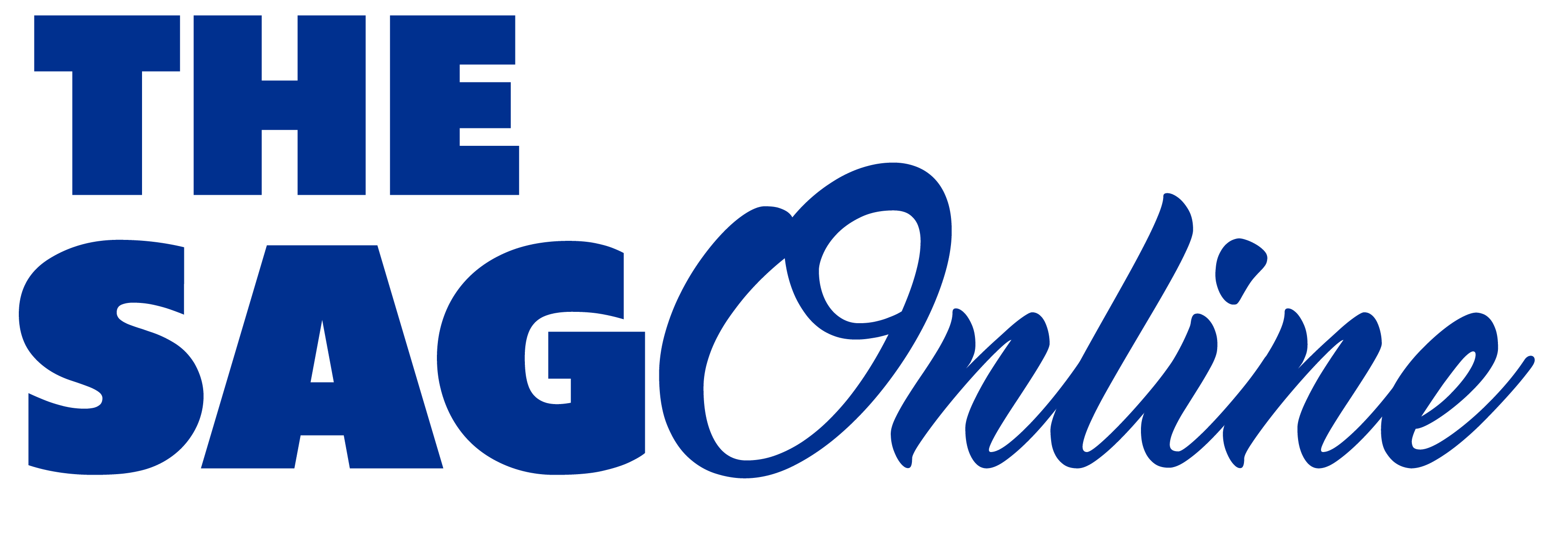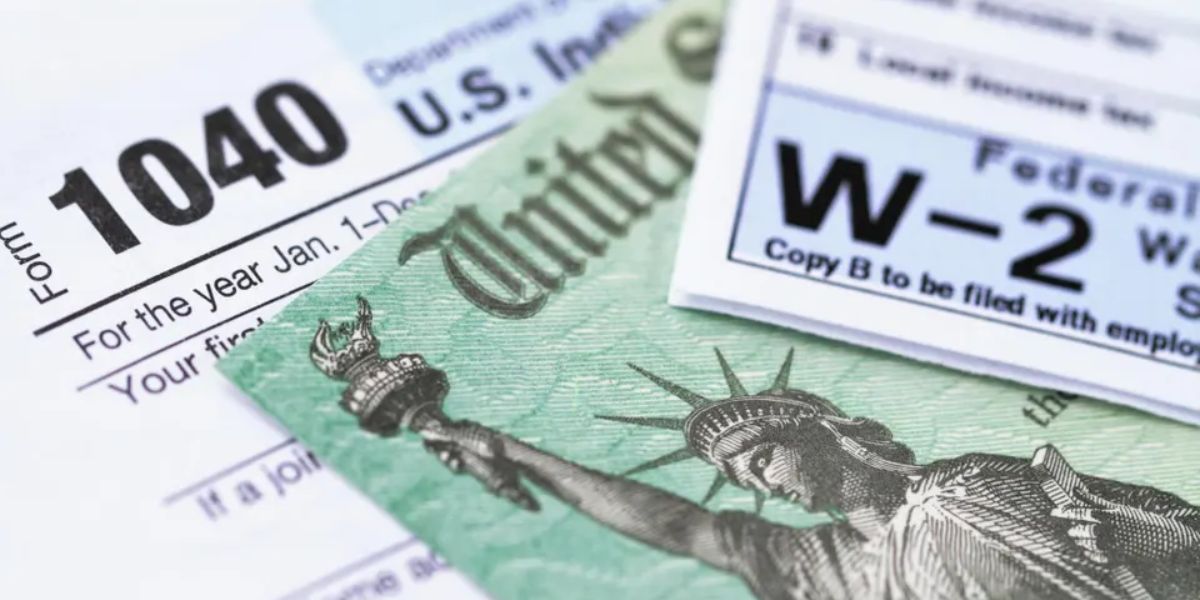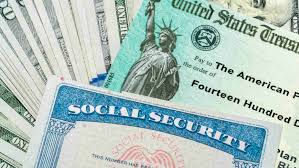As the year draws to a close, many individuals and businesses are preparing for tax season. The Internal Revenue Service (IRS) has set the deadline for filing W-2 forms, a key document for employees and employers alike.
If you’re among those who need to file a W-2 or are expecting one, it’s essential to understand the filing timeline and how to get prepared for the upcoming tax season.
What is a W-2 Form?
The W-2 form is an important document that employers provide to employees each year. It reports an employee’s annual wages, along with the taxes that were withheld throughout the year. Employees use this form to file their personal income tax returns.
For employers, it’s a crucial task to ensure that W-2s are filed on time, as failing to do so can result in penalties. The W-2 form also plays a key role in helping the IRS track income and tax withholdings for individuals.
IRS Sets the W-2 Filing Deadline
The IRS deadline for filing W-2 forms is January 31st, meaning employers must submit these forms to both employees and the IRS by this date. This deadline applies regardless of whether the employer is filing electronically or by mail. For employees, this means you should expect to receive your W-2 form from your employer by January 31st at the latest.
Employers who miss this deadline can face penalties for late submission. The penalties vary based on how late the forms are submitted, and can increase over time. To avoid these fines, employers should ensure they have their W-2s completed and submitted in a timely manner.
Key Points for Employers
- Submit W-2 Forms by January 31st: Employers are required to send the forms to employees by the end of January and submit them to the IRS by the same date.
- Accurate Information: It’s essential that the W-2 forms are filled out correctly with accurate employee and payroll data. Mistakes can delay tax filings and lead to penalties.
- Filing Methods: Employers can file W-2 forms electronically through the IRS’s e-file system or mail them. Filing electronically is faster and can help ensure timely processing.
- State Requirements: Some states also require employers to submit copies of the W-2 forms to state tax authorities. Be sure to check your state’s guidelines to stay compliant.
What Employees Need to Know
- Expect Your W-2 by January 31st: By the IRS deadline, you should receive your W-2 form from your employer. If you don’t receive it by this date, it’s important to contact your employer right away.
- Review Your W-2: Make sure the information on your W-2 is correct, including your name, address, Social Security number, and income amounts. Errors on your W-2 could delay your tax return and cause issues with the IRS.
- Filing Your Taxes: Once you have your W-2 form, you’ll use it to file your federal and state income tax returns. You can file online through e-filing platforms or with a tax professional. Having your W-2 is essential for accurate filing.
- Don’t Forget Other Documents: While the W-2 is a major part of your tax filing, you may need additional forms, such as 1099 forms for freelance or gig work, or documentation of any deductions or credits you plan to claim.
What Happens If You Don’t Receive Your W-2?
If you don’t receive your W-2 by February 15th, you should contact your employer immediately to request a copy. If your employer is unresponsive or fails to provide the form, you can contact the IRS for assistance. They may be able to issue a substitute form (Form 4852) that you can use to file your taxes.
Preparing for the Tax Season
With the W-2 filing deadline looming, it’s time to start gathering your documents and preparing for tax season. Here are a few tips to make the process smoother:
- Organize Your Documents: Ensure you have all necessary forms—W-2s, 1099s, and any receipts or records for deductions or credits.
- Review Last Year’s Return: Looking at your previous tax return can help you stay organized and ensure you don’t miss anything.
- Consult a Tax Professional: If you’re unsure about any aspect of your filing, it can be helpful to consult with a tax professional to ensure you’re taking advantage of all available deductions and credits.
The W-2 filing deadline is a crucial date in the tax season, and both employers and employees should be prepared to meet it. By understanding the requirements and taking the necessary steps to ensure timely submission, you can avoid penalties and ensure your tax filings go smoothly.
Whether you’re an employer or an employee, staying ahead of the deadline and reviewing your W-2 forms carefully will set you up for a successful tax season.


 by
by 



